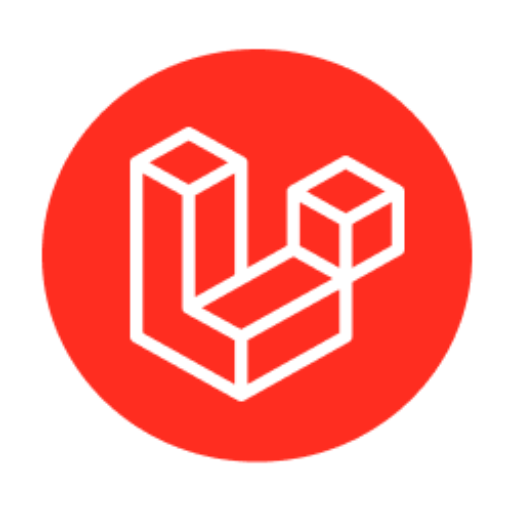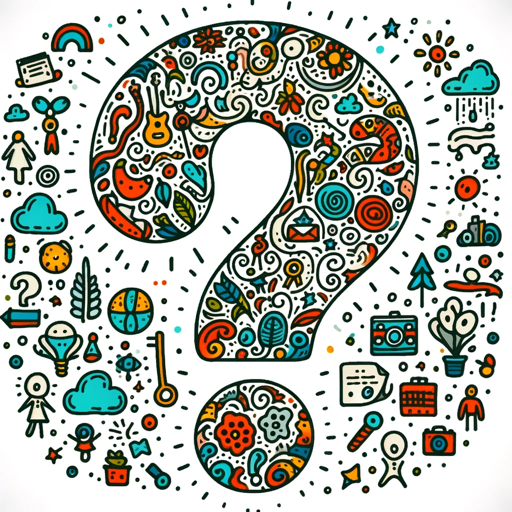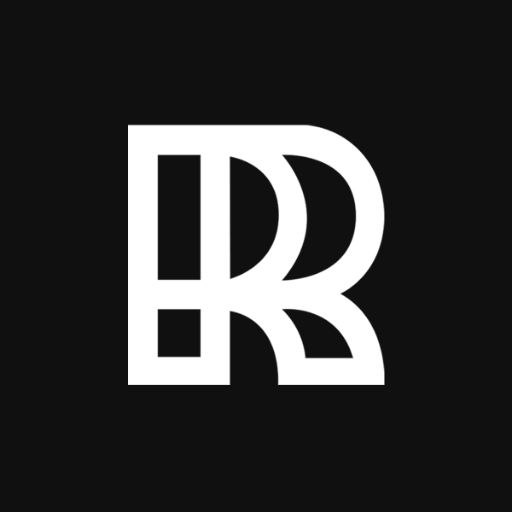Laravel-PHP framework for web applications
AI-powered PHP web development tool
Tell me about Laravel's latest features
How do I use FilamentPHP for my project?
Create a Laravel-related image
Search for Laravel updates
Related Tools
Load More
Laravel 10 Dev Guru
Expert in Laravel 10 & PHP 8.2 - PSR-12

Laravel Engineer
Provides expert help for Laravel development questions and challenges.

Laravel Expert
Professional Laravel developer with Laravel Nova expertise.

Lara PHP
Advanced PHP and Laravel IT professional.

Laravel Guru
Your friendly Laravel and PHP guide, eager to clarify.

Laravel Ace
Senior Laravel PHP developer, formal and technical, emphasizing method comments, typed parameters, and return types.
20.0 / 5 (200 votes)
Introduction to Laravel
Laravel is a modern, open-source PHP framework designed for web application development. It follows the Model-View-Controller (MVC) architectural pattern, which helps separate business logic from presentation layers. Laravel's purpose is to streamline the development process by providing an elegant syntax, reducing repetitive tasks, and offering built-in tools for common web development tasks such as routing, authentication, and database management. Laravel's philosophy emphasizes simplicity, readability, and maintainability, making it suitable for both small and large-scale applications. One key design aspect of Laravel is its focus on developer experience, making common tasks like session management, form validation, and caching easier through intuitive methods. Another strength is its built-in dependency injection container, which allows for the decoupling of classes and makes code more modular and testable. For example, imagine a scenario where a developer needs to create an online store. Laravel's features such as routing, database migrations, and Eloquent ORM simplify defining product catalogs, customer orders, and payment processes without writing boilerplate code for routing or SQL queries. Additionally, Laravel's built-in support for authentication allows rapid setup of user login and registration features.

Main Functions of Laravel
Routing
Example
Laravel uses a simple syntax to define routes for handling web requests. Instead of manually parsing the URL and mapping it to controllers, developers define routes using Laravel's `Route` facade.
Scenario
In an e-commerce application, you can create routes like `/products/{id}` to show individual product pages or `/cart` for the shopping cart. The routing system handles the request and maps it to the appropriate controller action.
Eloquent ORM (Object-Relational Mapping)
Example
Laravel's Eloquent ORM allows developers to interact with databases using PHP syntax without needing to write raw SQL queries. It maps database tables to PHP models.
Scenario
In a blog application, you could have a `Post` model that represents the posts in your database. Using Eloquent, retrieving all posts is as simple as `Post::all()`, and creating a new post is as easy as `$post = new Post(['title' => 'My New Post']); $post->save();`.
Blade Templating Engine
Example
Laravel's Blade engine enables developers to write HTML mixed with PHP in a clean and readable syntax. Blade provides features like template inheritance and data binding.
Scenario
In a content management system, Blade can be used to create a base layout (e.g., a header and footer) that child views can extend. For instance, the admin dashboard view can extend a base template and only override the content section while keeping the header and footer consistent across all views.
Ideal Users of Laravel
Small to Medium-Sized Businesses (SMBs)
Laravel is an excellent choice for SMBs looking to build and scale web applications quickly. Its out-of-the-box features like authentication, session management, and security make it easy to implement core functionality without needing to build everything from scratch. Laravel's scalability allows businesses to start small and grow their applications as needed.
Individual Developers and Startups
Laravel is favored by individual developers and startups due to its simplicity, extensive documentation, and large ecosystem of packages. For startups looking to rapidly prototype applications, Laravel provides the tools necessary to build Minimum Viable Products (MVPs) with minimal setup, allowing them to focus more on business logic rather than infrastructure.

How to Use Laravel
Step 1
Visit aichatonline.org for a free trial without login; no need for ChatGPT Plus.
Step 2
Ensure your environment meets the prerequisites: PHP 8+, Composer, and a web server like Apache or Nginx. Install Composer globally to manage dependencies efficiently.
Step 3
Use the Laravel Installer or Composer to create a new Laravel project. Run `composer create-project laravel/laravel myapp` or install Laravel globally using `composer global require laravel/installer`.
Step 4
Configure your environment by setting up the `.env` file. Ensure database credentials are correct, and run `php artisan migrate` to set up the database schema.
Step 5
Use `php artisan serve` to launch your local development server and access the application at `http://localhost:8000`. Explore Laravel’s built-in features like routing, middleware, and Eloquent ORM for optimal project setup.
Try other advanced and practical GPTs
FHIR® Interop Expert
Empowering Healthcare Data Interoperability with AI

GPT Forge
Tailored AI Solutions for Every Need

Venda GPT
AI-powered Tshivenda translation for all.

AI Image Style Matcher
AI-powered tool for art style consistency.

お天気キャスター
AI-powered weather updates in a fun way!

Chess Coach
Master chess with AI-powered insights

20 Questions GPT
Engage with AI for classic 20 Questions fun!

TheDFIRReport Assistant
AI-Powered Cybersecurity Reporting

Supertools GPT Finder
Discover the Best GPT Models for Your Needs

Data Interpretation
AI-driven insights from complex data.

Myst
AI-powered solutions for creative exploration.

Frizzle AI
AI-driven learning for better lesson planning.

- E-commerce
- Web Development
- Prototyping
- Database Management
- API Creation
Laravel Q&A
What is Laravel, and why is it popular?
Laravel is a PHP web application framework designed for building modern, scalable applications. It is popular because of its elegant syntax, powerful tools like Eloquent ORM, Blade templating, and its large ecosystem that makes development faster and more efficient.
How does Laravel handle database management?
Laravel uses Eloquent ORM, a simple Active Record implementation, to interact with databases. It supports multiple database systems (MySQL, SQLite, PostgreSQL), provides a rich query builder, and simplifies database migrations and seeding via `php artisan` commands.
What is Laravel's Artisan command-line tool used for?
Artisan is Laravel’s built-in command-line tool that helps automate repetitive tasks. It is used for tasks like creating controllers, managing databases with migrations, seeding data, running tests, clearing caches, and generating boilerplate code quickly.
What kind of projects is Laravel suitable for?
Laravel is ideal for a wide range of projects, from simple blogs and content management systems (CMS) to complex enterprise applications and APIs. Its modular structure, scalability, and integration with third-party services make it highly versatile.
Can Laravel be used for building RESTful APIs?
Yes, Laravel excels in building RESTful APIs. It offers built-in support for routing, authentication, and resource controllers, which make API development straightforward. The `Resource` feature simplifies transforming models to JSON for APIs.